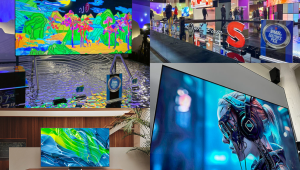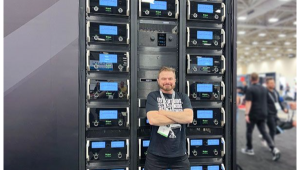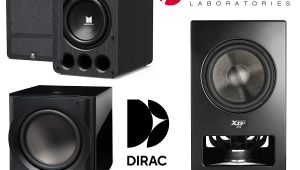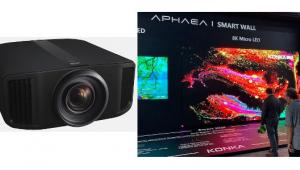The Other Side of 3D
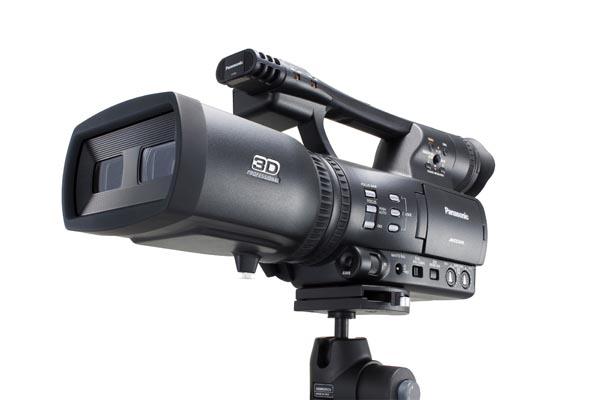
As you can imagine, the press got pretty much the party line from one of the industry's leading promoters of 3D for home movie viewing. But in retrospect, what most impressed me was a short video used to demonstrate the value of 3D in educational content. The clip was intended to be an instructional guitar lesson. As I stood about 3 feet from the 3D plasma monitor with my glasses on, the neck of the guitar extended out into the room and allowed me to see a level of depth and detail of the instructor's fingers on the fretboard that was obviously impossible with 2D. Though I'm no musician, this struck me right away as something you could learn from much more effectively. And my mind jumped immediately to the implications for 3D in medicine and science. If I was going under the knife for microscopic brain surgery aided by magnified video, I think I'd feel better knowing my doctor would be looking at 3D on his monitor. A lot better.

This put into new light the Panasonic 3D camcorders that were on display at PHL. The professional AG-3DA1, which was used to shoot this test clip, is a breakthrough $21,000 handheld that weighs about 7 pounds and uses its dual lens to record full HD 3D images to SD cards. It's size and light weight compared with other professional 3D rigs have opened up all sorts of possibilities for filmmakers and the TV community, and the AG-3DA1 is scheduled to be aboard the last flight of the Space Shuttle this summer. But even more intriguing is what might happen with the affordable consumer camcorders Panasonic is marketing now. With the addition of a $350 optional dual lens, the HDC-HS900 ($1,400), HDC-TM900 ($1,100), and HDC-SD800 ($850) put 3D filmmaking squarely in the hands of students, adventurists, advocates and maybe even revolutionaries, of which there seem to be a lot around the world these days. And their compact size mean you're likely to find them popping up wherever the action is. Who knows what kind of impactful 3D footage and clever uses the masses will come up with for this technology?
3D for the sake of 3D entertainment? Okay, maybe. But 3D for the good of mankind? That's a concept I can buy into.

